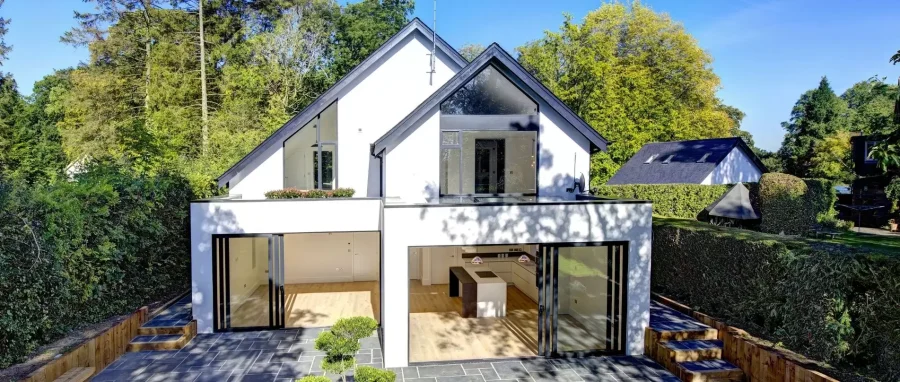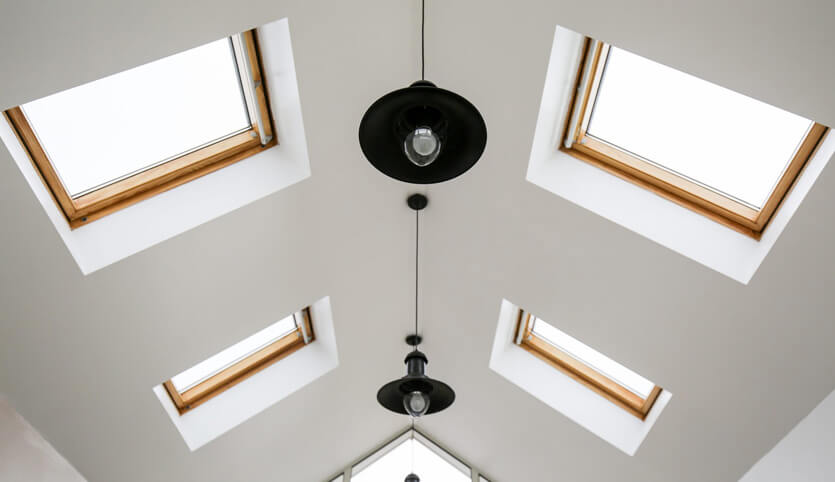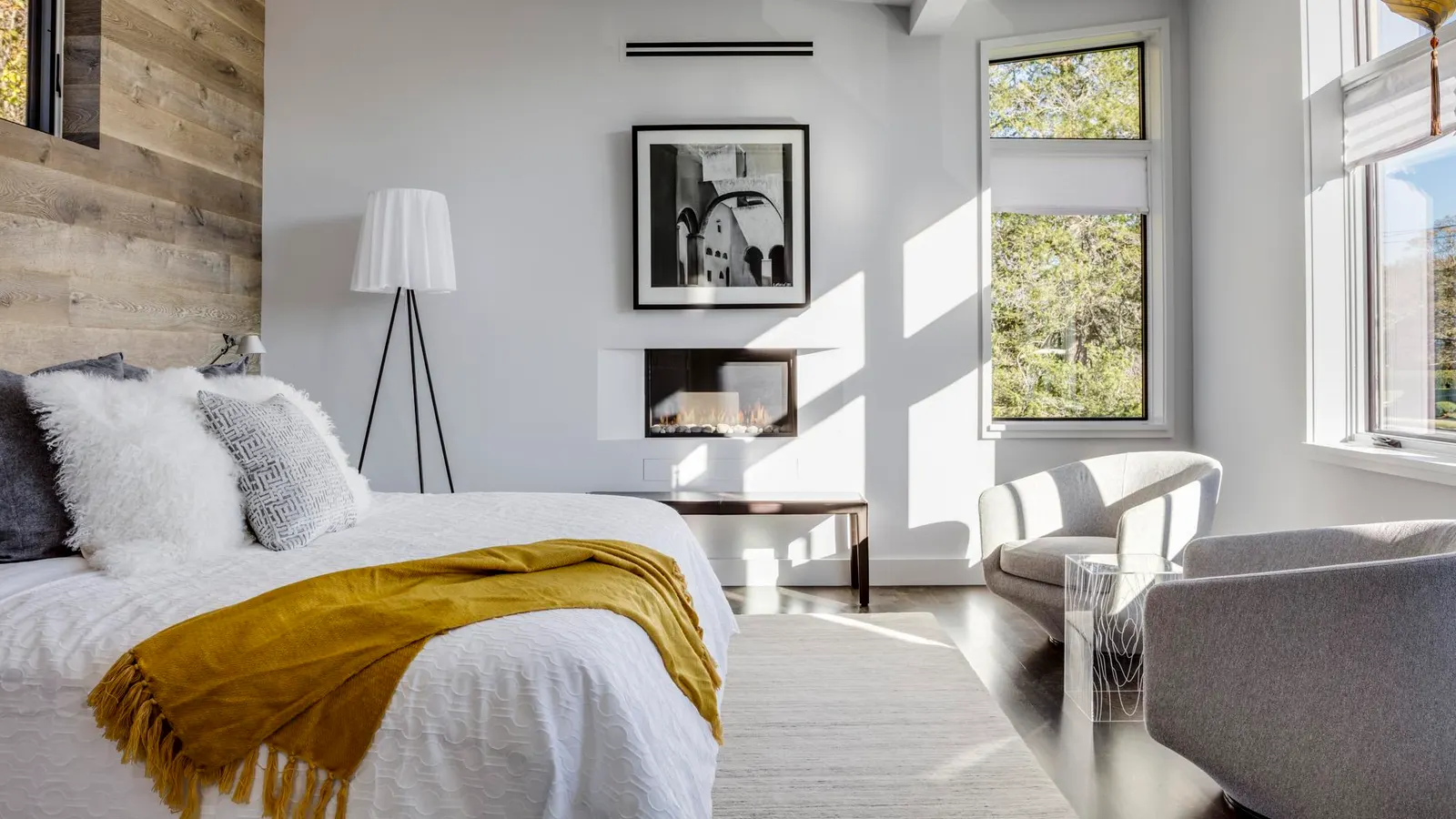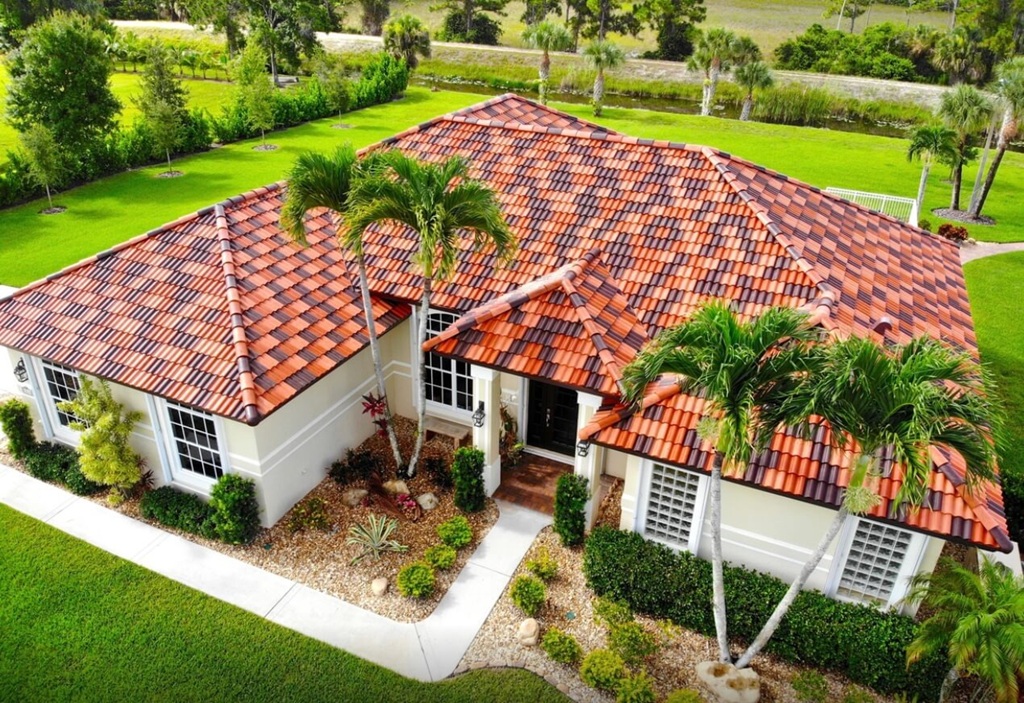Maximizing natural light can be achieved by incorporating skylights in gable roof designs. Skylights provide an effective way to bring in natural light from above, improving the brightness and ambiance of a space.
By strategically placing skylights in a gable roof, the flow of sunlight can be optimized throughout the day. This is particularly beneficial for areas such as kitchens and living rooms, where ample natural light is desired. To maximize the spread of sunlight, it is essential to construct the light shafts of the skylights to be as open as possible, allowing the sunlight to reach every corner of the room.
This can be achieved by designing the shafts with flared openings on the top, bottom, or all four sides. Overall, skylights in gable roof designs offer an effective solution for maximizing natural light in indoor spaces.
Benefits Of Skylights
Skylights can be a great addition to any gable roof design, providing numerous benefits that enhance the overall quality of your living space. From increasing natural light to enhancing energy efficiency, skylights offer practical advantages that not only improve the aesthetics of your home but also contribute to a healthier and more sustainable living environment.
Increasing Natural Light
One of the primary benefits of skylights is their ability to maximize natural light in your home. By strategically placing skylights on your gable roof, you can bring in ample sunlight, eliminating the need for excessive artificial lighting during the day. The unobstructed view of the sky allows for plenty of natural light to flood into your living space, creating a bright and airy atmosphere.
Enhancing Energy Efficiency
Skylights also play a crucial role in enhancing energy efficiency in your home. When designed and installed correctly, skylights can provide effective insulation, reducing the need for excessive heating and cooling. Manufacturers employ various glazing technologies such as heat-absorbing tints, insulated glazing, and low-e coatings to ensure that skylights maintain a comfortable temperature indoors.
Moreover, skylights can serve as passive solar heating elements during the colder months, allowing the sunlight to warm up your living space naturally. This not only reduces your reliance on artificial heating but also lowers your energy consumption, contributing to a more sustainable and eco-friendly home.
Optimal Placement And Design
Maximize the natural light in your space with optimal placement and design of skylights in gable roof designs. By constructing open light shafts, you can ensure sunlight spreads throughout the room, creating a bright and airy atmosphere.
Determining The Right Direction
When it comes to skylights, determining the right direction for placement is crucial in maximizing natural light. The orientation of your skylight will directly impact the amount of sunlight it receives throughout the day. A west-facing skylight will capture strong afternoon sun, while an east-facing skylight will bring in more morning light. A north-facing skylight provides a steady stream of light throughout the day at a fairly constant rate. On the other hand, a south-facing skylight may offer weaker daylight, but it can also help keep your space cooler. Consider the layout of your home and the area where you need the most natural light to determine the optimal placement for your skylight.
Creative Light Shaft Design
To ensure optimal light diffusion, creative light shaft design is essential. The light shaft connects the skylight to the room below and plays a significant role in how sunlight spreads throughout the space. Keep the following points in mind when designing your light shaft:
1. Open and Flared
Maximize sunlight penetration by designing the light shaft to be as open as possible. Consider flaring the top and bottom of the shaft outward or even flaring all four sides. This design allows light to disperse evenly and brighten up your room.
2. Reflective Surfaces
Incorporate reflective surfaces within the light shaft to enhance the illumination effect. Mirrored or light-colored materials can help bounce light around, creating a brighter and more vibrant space.
3. Light Shaft Length
The length of the light shaft is crucial in optimizing natural light. A longer light shaft can bring light deeper into your space, even in areas further away from the skylight. Ensure that the length of the light shaft aligns with the specific light requirements of your room.
4. Diffusers and Light Fixtures
Consider adding diffusers or light fixtures within the light shaft to further enhance the lighting effect. These additions can soften and distribute the light, reducing any harsh shadows and creating a warm and inviting atmosphere. Implementing these creative light shaft design techniques in your skylight installation will not only maximize natural light but also enhance the overall aesthetic appeal of your space. With a well-placed skylight and a thoughtfully designed light shaft, you can transform any room into a bright and uplifting environment.
Frequently Asked Questions On Maximizing Natural Light: Skylights In Gable Roof Designs
How Do You Maximize A Skylight Light?
To maximize skylight light, ensure the light shaft is open and constructed to allow sunlight to spread throughout the room. Flaring the top, bottom, or all sides of the shaft can help. Additionally, consider energy-efficient glazing technologies to reduce heat transfer and optimize light transmission.
Proper skylight placement, such as west-facing for afternoon sun, can also maximize light. Overall, strategic design and positioning play a key role in maximizing skylight light.
How Can I Make My Skylights More Energy Efficient?
To make your skylights more energy efficient, manufacturers use glazing technologies like insulated glass, low-emissivity coatings, and heat-absorbing tints. These measures help reduce heat transfer and keep your home cool in summer and warm in winter.
What Is The Optimal Skylight Placement?
Optimal skylight placement depends on the desired lighting effect. West-facing skylights receive strong afternoon sun, east-facing skylights get more morning sun, north-facing skylights provide constant light throughout the day, and south-facing skylights offer cooler daylight. Consider these factors when choosing skylight placement.
How Much Light Do Skylights Let In?
Skylights can let in a significant amount of natural light. The amount of light they allow depends on factors like the size of the skylight and its positioning. When properly designed, skylights can maximize sunlight throughout a room. Open light shaft construction can further enhance the spread of sunlight.
Conclusion
To maximize natural light in your space, consider incorporating skylights in your gable roof design. These architectural elements provide a direct channel for sunlight to enter, creating a bright and airy atmosphere. With thoughtful placement and design, you can optimize the amount of light that enters your space, reducing reliance on artificial lighting and creating a more energy-efficient environment.
Skylights not only enhance the aesthetics of your home, but also contribute to your overall well-being by bringing the outdoors inside. Say goodbye to dark and gloomy spaces and embrace the beauty and benefits of natural light with skylights in gable roof designs.







